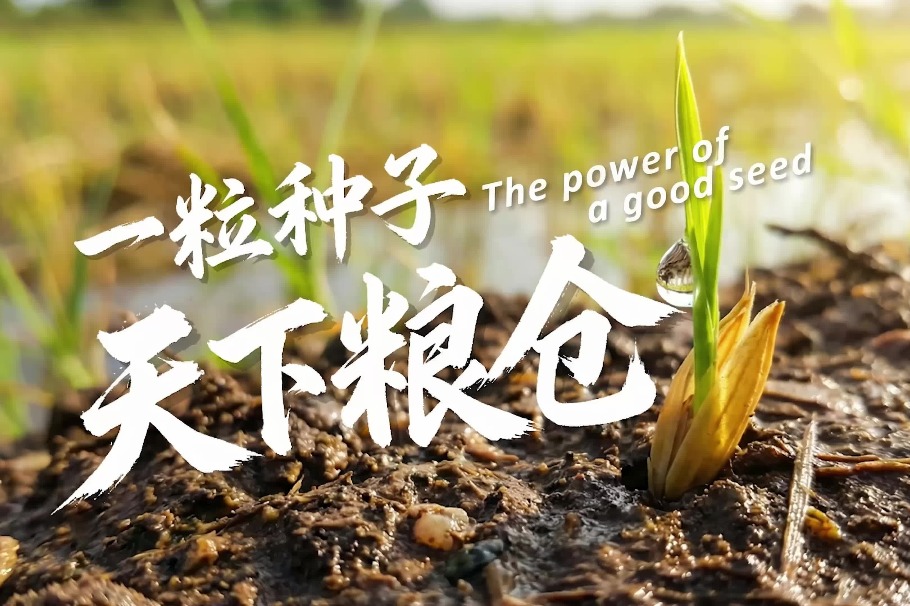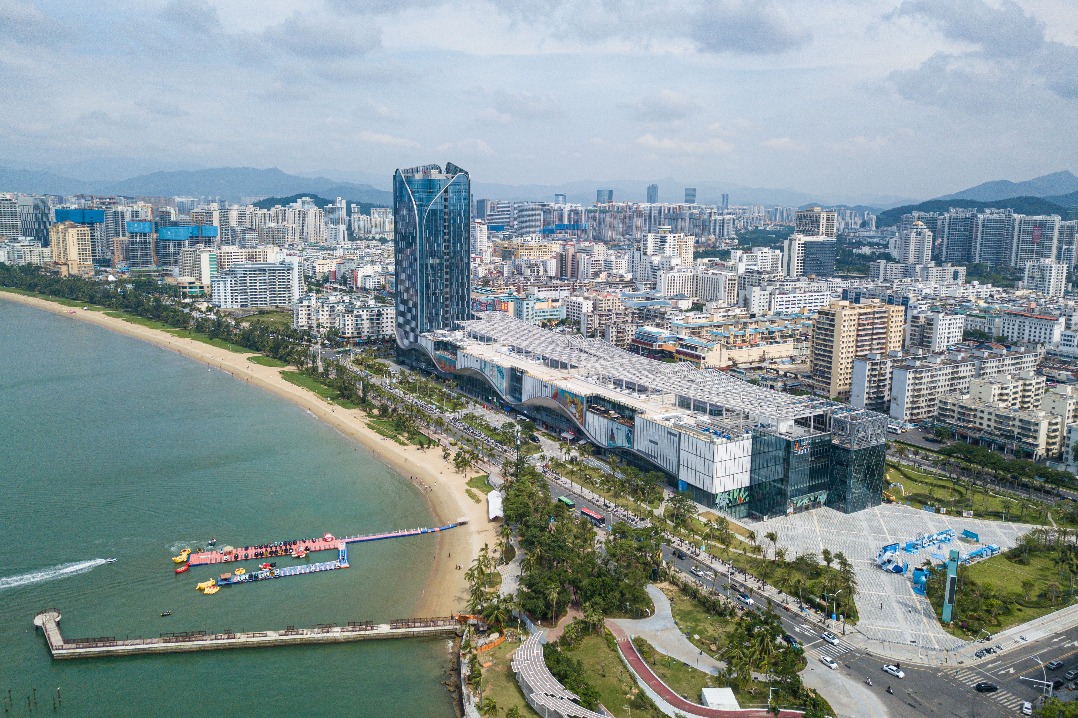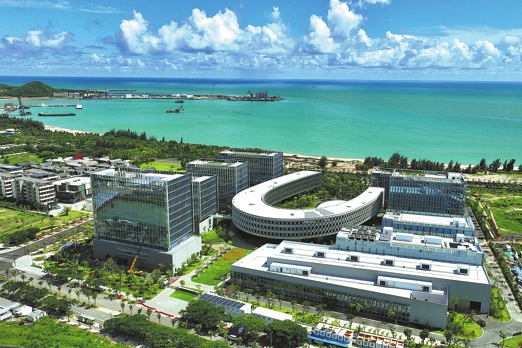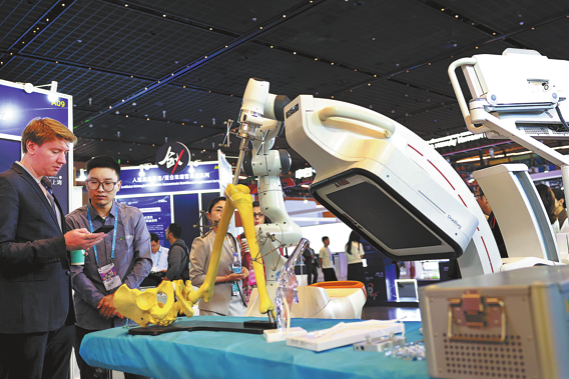BRI's focus on green development increasing

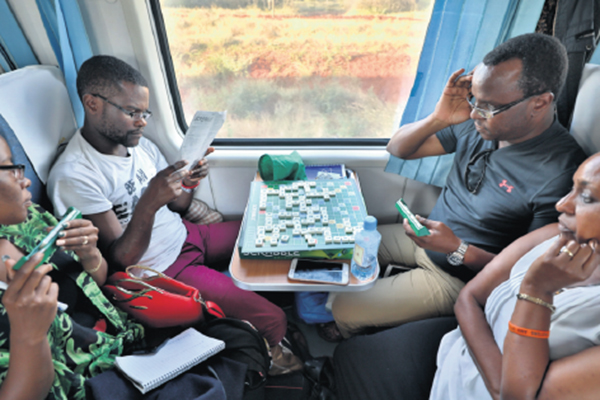
Chinese companies are increasingly aware of protecting the environment in the countries they invest in along the routes of the Belt and Road Initiative, experts say.
Zhang Xiang, secretary-general of the China International Contractors Association, which has about 1,500 member companies, says that while its members participate in infrastructure projects overseas, more Chinese companies are realizing that they need to invest in a sustainable and green way.
"Many companies realize they need to apply win-win concepts and need to be socially responsible, including ecological environmental protection," she says.
In 2013, in Kazakhstan and Indonesia, President Xi Jinping proposed the Silk Road Economic Belt and the 21st Century Maritime Silk Road - the components of the BRI. The initiative serves as a solution for China to participate in global opening-up and cooperation, improve global economic governance, promote common development and prosperity and build a community with a shared future for humanity, he said.
China's direct investment in countries along the Belt and Road has grown by about 7 percent annually, reaching $16.71 billion (14.3 billion euros; £13 billion) by the end of 2017, according to the Ministry of Commerce.
Zhang cited member company China Road and Bridge Corp as an example. While building the Mombasa-Nairobi railway, the company developed an environmental management system that was compatible with local laws, to reduce as much as possible its projects' influence on nature.
The railway goes through Tsavo National Park, the biggest wildlife protection area in Kenya. To make sure that the ecological environment would not be affected, the company took three main steps.
First, it designed passages for animals to pass through. For example, to allow big animals such as giraffes to pass under, bridges were designed to be about 7 meters above ground - much higher than the bridges in similar projects.
Second, noise was reduced. To ensure that the wild animals in the park could sleep well, the company decided to stop working when it was getting dark, and it has made soundproof equipment to reduce noise.
Third, the company has made emergency plans to save animals, rescuing wildlife that has been trapped or hurt due to natural elements.
Gu Xueming, president of the Chinese Academy of International Trade and Economic Cooperation, part of the Ministry of Commerce, says that in 2017, green development of the investment destination countries became the mainstream understanding of Chinese companies. Last year, four ministries of China even jointly released guidance on how to push forward the green development of the BRI, including environmental protection and dealing with climate change.
Yan Diyong, deputy general manager of China Nonferrous Metal Mining (Group) Co, says the company has planted more than 10,000 trees while investing in a zinc ore project in Mongolia, and has developed water-saving technologies so that 85 percent of the wastewater could be recycled.
Gu says a project aimed at ensuring the sustainable development of Africa, an important region involved in the BRI, was launched recently in Beijing by research institutes from China, Kenya, Tanzania and the United Kingdom.
The project - the Development Corridors Partnership - will tap experts from the four countries for about four years to look into how to ensure Africa's green development, including helping it deal with climate change.
Meng Han, China representative of the United Nations Environment Programme World Conservation Monitoring Centre, says the China component will focus on how Chinese investors can contribute to the sustainable and climate-resilient development of East Africa's development corridors. The expectation is that what is learned can be brought to other development corridors and more broadly contribute to the sustainable development of Africa.
Today's Top News
- China to continue anti-dumping duties on EPDM imports
- Trump says war with Venezuela remains possible -- NBC News
- China urges Japan to stop challenging intl bottom line with its nuclear ambitions
- US arms sales to Taiwan a dangerous gambit: Editorial flash
- Taiwan opposition lawmakers announce plan to impeach Lai Ching-te
- Boosting consumption will be key in 2026

















